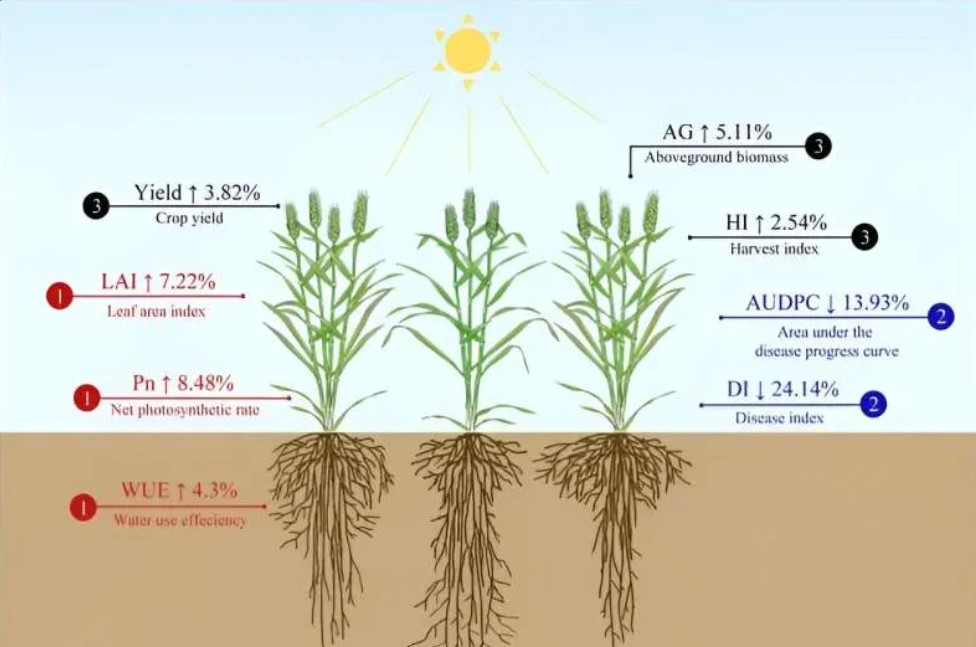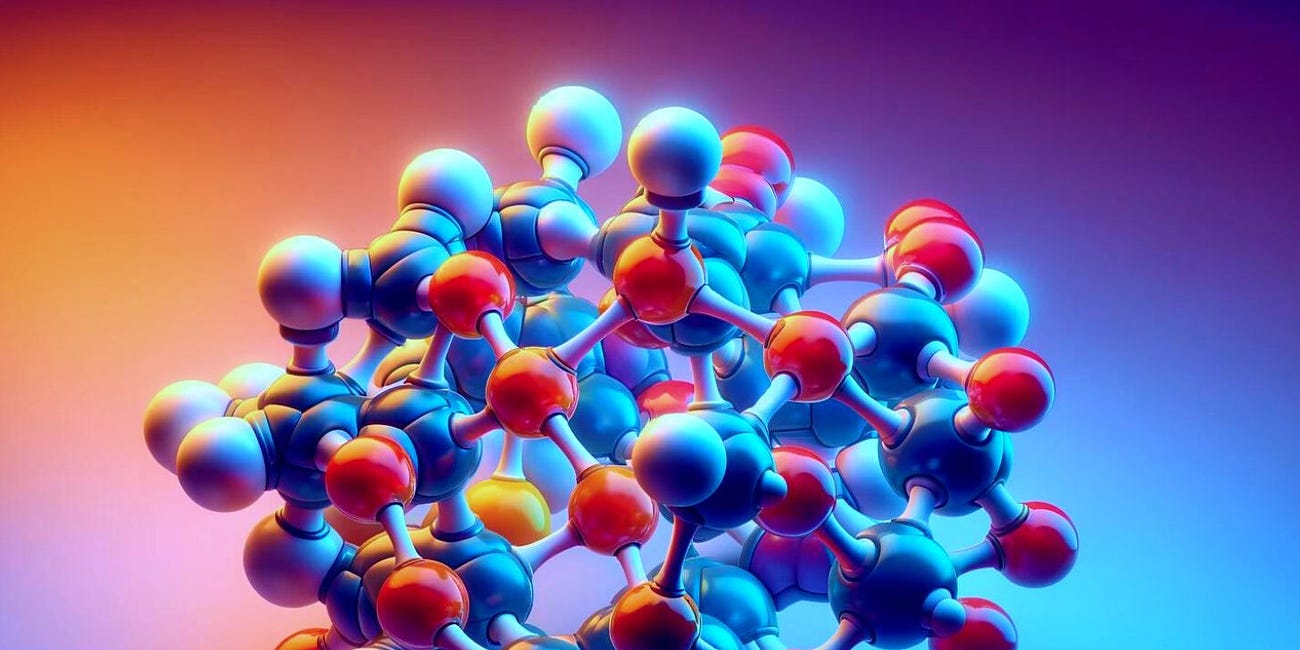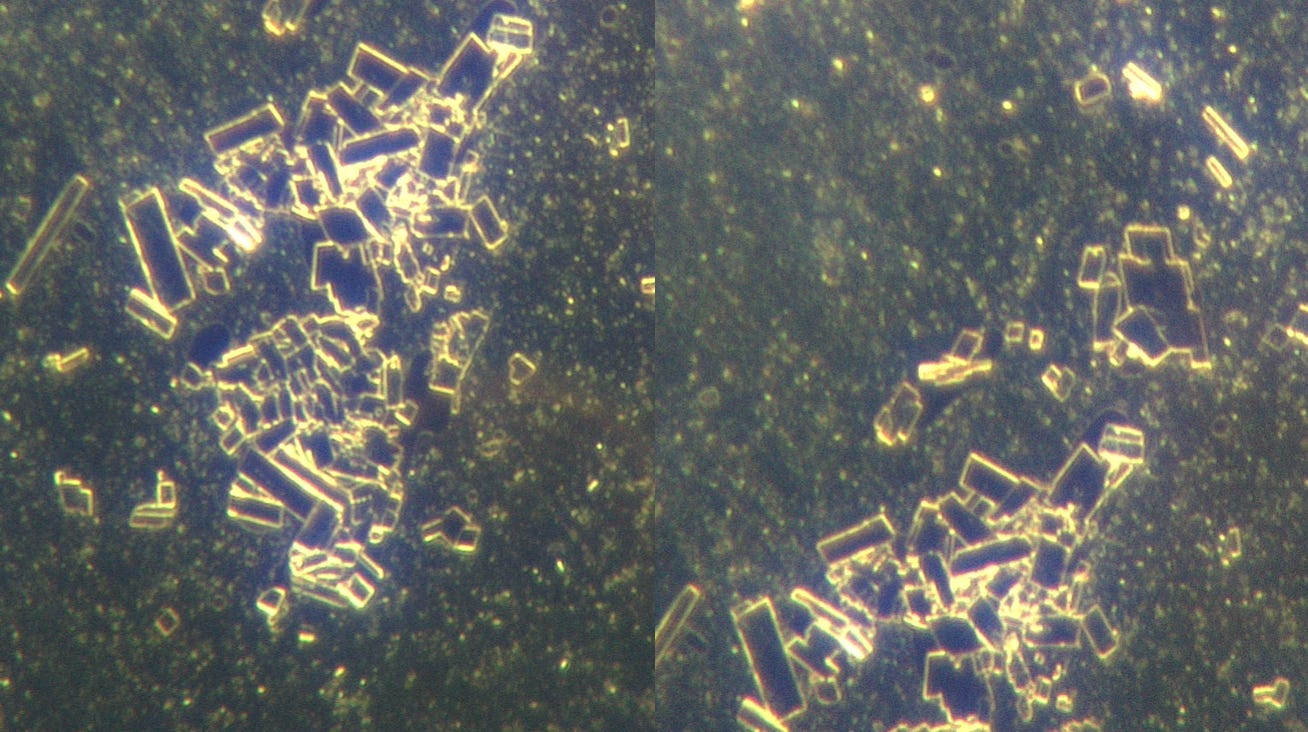This article was originally published by Melanie Nyfeler, University of Zurich on October 7, 2024.
Pesticides aren’t always necessary. Researchers at the University of Zurich have conducted a comprehensive field study showing that damage from herbivores can be reduced by using biodiversity within a plant species. Different plant genotypes can cooperate to help fend off herbivorous insects. The study is published in the journal Nature Communications.
Just like humans, plants interact with the individuals around them. For example, if the people around you are more susceptible to infections, your own risk of getting infected increases, and vice versa.
The same is true for plants. When different genetic types of the same plant species are mixed and planted together, some combinations are more resistant to pests and diseases. This positive biodiversity effect is known as associative resistance.
Food security and preservation
One of the key challenges of modern society lies in reconciling food security and the preservation of the environment and biodiversity. Pests and diseases pose serious threats to crops, making chemical agents like pesticides crucial in agriculture. However, pesticides can reduce the biodiversity of insects.
“In this context, associative resistance could be a new method to ensure food production while preserving biodiversity,” says Kentaro Shimizu, Director of the Department of Evolutionary Biology and Environmental Studies at UZH.
But which combinations of plant genotypes should be planted together to effectively resist pests and diseases? For example, if one selects two genotypes from a total of 199 genotypes, there are 19,701 possible combinations. Researchers at UZH have now developed new methods of genomic prediction using a physics model to analyze interactions between individuals at the genetic level.
Extensive fieldwork in the research garden
First, the researchers conducted large-scale plant cultivation experiments over two years in open fields on Irchel Campus as well as in Japan. For the 199 genotypes of the model plant Arabidopsis thaliana collected from around the world, genomic DNA information was already available. The researchers randomly mixed and planted 30+ individuals from each of the genotypes for a total of 6,400 plants.
“To count 52,707 insects on 6,400 plants, the senior researcher Yasuhiro Sato spent months in the research garden. This amazing dataset, collected by taking advantage of the research garden at the Irchel campus, was the key to this study,” says Shimizu.
Until now, there were no methods to analyze which genomic regions underpin interactions such as associative resistance between neighboring plant individuals. Yasuhiro Sato and his team therefore developed a new analytical method called Neighbor GWAS.
This method applies a model used in physics to analyze interactions between magnets to the interactions between neighboring plant individuals. It examines how herbivore damage is affected when individuals with specific genetic DNA sequences are adjacent, based on the actual results from field experiments.
Up to 25% less herbivore damage
From the analysis using this new method, it was shown that numerous genes are involved in interactions with surrounding individuals. Using a machine learning method, the researchers were able to predict herbivore damage and identified beneficial genotype combinations for which associative resistance was predicted.
The research team conducted another large-scale field experiment over two years, planting around 2,000 plant individuals in pairs of genotypes for which three different levels of associative resistance were predicted. This experiment revealed that, compared to planting a single genotype, mixing two genotypes reduced herbivore damage by 24.8% and 22.7%, respectively, for the highest and second-highest associative resistance level.
Future developments
“From the perspective of basic research, this can be seen as a landmark in the study of interactions between plant individuals,” says Shimizu. “It highlights the importance of biodiversity in two ways. First, the genetic diversity of crops themselves can reduce pest damage. Second, reducing the use of pesticides in agricultural settings can contribute to the conservation of biodiversity, including that of insects.”
Meta-analyses with Bernhard Schmid as co-author have shown that in crops such as wheat or rice, yield increases from 4%–16% are achieved if random genotypes are mixed in the field. According to Shimizu, for these important agricultural plant species whose genomes are known, the new method makes it possible to predict mixtures of specific plant genotypes that maximize associative resistance, thus increasing yield even further while at the same time saving on pesticide use.
More information: Tiantian Huang et al, Cultivar mixtures increase crop yields and temporal yield stability globally. A meta-analysis, Agronomy for Sustainable Development (2024). DOI: 10.1007/s13593-024-00964-6
Yasuhiro Sato et al, Reducing herbivory in mixed planting by genomic prediction of neighbor effects in the field, Nature Communications (2024). DOI: 10.1038/s41467-024-52374-7 , www.nature.com/articles/s41467-024-52374-7










